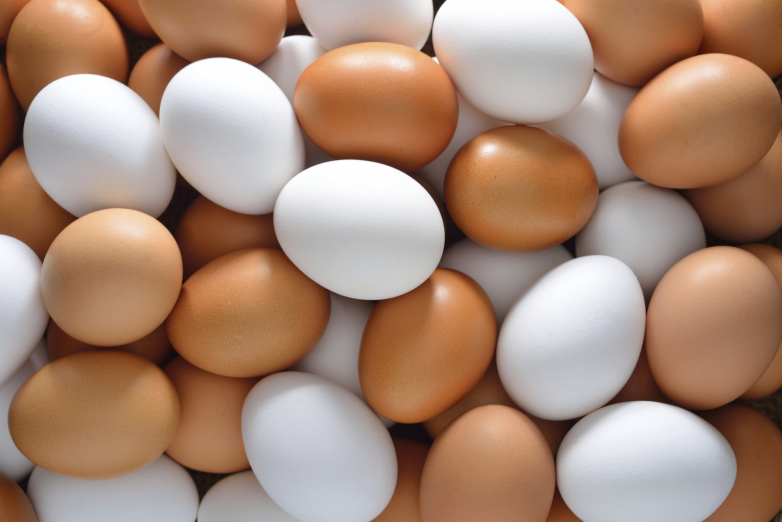Table of Contents
ARTISTIC EGGS
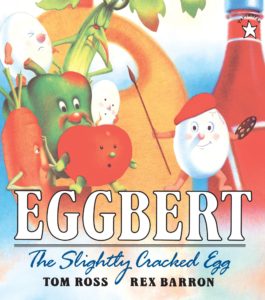 |
In Tom Ross’s Eggbert (Puffin, 1997), an artistic egg who sports a red beret is evicted from the refrigerator because he is slightly cracked. Eggbert, at first dismayed, soon finds out that that the world is full of cracks, in everything from clouds to volcanoes to the Liberty Bell. For ages 4-8. |
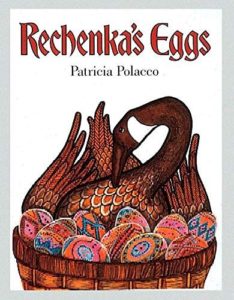 |
In Patricia Polacco’s Rechenka’s Eggs (Philomel, 1988), Babushka lives alone in a little house – dacha – in the Russian countryside, where she spends her winters painting beautiful eggs for the Easter festival. Then she rescues a wounded goose and names her Rechenka – who, once healed, accidentally breaks all of Babushka’s eggs. Babushka is devastated, until Rechenka miraculously lays a set of wonderful eggs to replace the ones that were lost. For ages 4-9. |
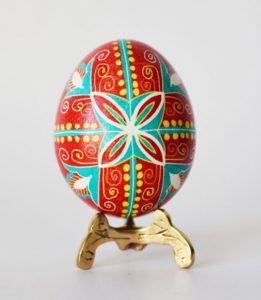 |
From the Incredible @rt Department, the Pysanky Ukrainian Eggs lesson plan has a history of pysanky eggs, book and resource lists, a printable handout for designing your own eggs, a gallery of painted eggs, and more. Adaptable for a range of ages. |
| Learn Pysanky is a detailed tutorial for making Babushka-style Ukrainian Easter eggs. | |
| See Martha Stewart’s Best Ideas for Decorating Eggs, which includes instructions for gold-foil eggs, decoupage eggs, natural-dye eggs, pysanky eggs, and many more. | |
| From That Artist Woman, Easy Easter Egg Art Project has instructions for making beautiful paper pastel-resist pysanky eggs. | |
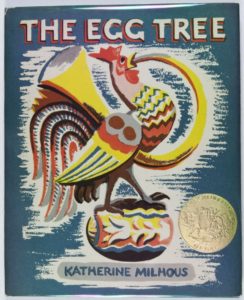 |
In Katherine Milhous’s The Egg Tree (Aladdin, 1992) – the Caldecott winner in 1951 – Katy (who can’t find any eggs on the traditional family Easter egg hunt) finds a collection of painted eggs in her grandmother’s attic. She and her cousins then learn about the Pennsylvania Dutch tradition of the Egg Tree, a tree decorated with colorful eggs. For ages 5-9. |
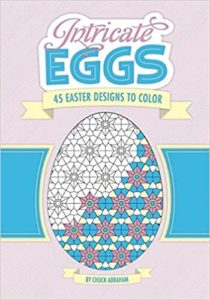 |
Chuck Abrams’s Intricate Eggs (Running Press, 2008) is a coloring book of intricately patterned eggs to color. A gorgeous project for lovers of colored pencils. For ages 9 and up. |
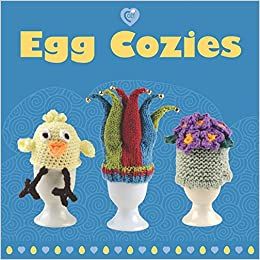 |
Keep your eggs warm! Egg Cozies (Guild of Master Craftsman Publications, 2010) has instructions for many creative egg cozies – those little English-style hats used to keep teatime boiled eggs warm. Fun for beginning knitters on up. |
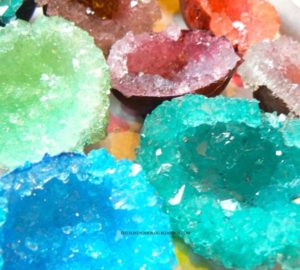 |
From Tinkerlab, see these instructions for making egg geodes. |
| Also see Martha Stewart’s impressively gorgeous Crystal Egg Geodes. | |
| From Scientific American, Silky Science: Tie-Dyeing Eggs has instructions for dyeing eggs with a silk necktie. | |
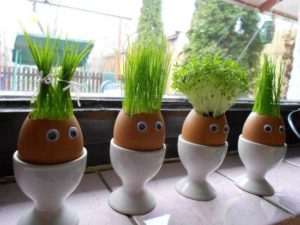 |
Eggshell People has instructions for making “eggshell people” from empty eggshells, potting soil, and grass seed (for hair). Accompanying activities include charting the rate of growth of the grass hair, keeping eggshell people diaries, and writing eggshell people stories. |
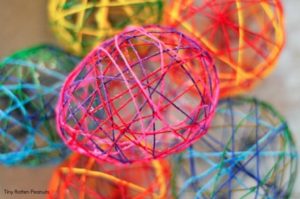 |
Make gorgeous String Eggs with balloons, string, and glue. |
| From Tinkerlab, 60 Egg Activities for Kids is a great collection of arts and crafts projects, among them collage eggs, vegetable-dyed eggs, ice eggs, egg candles, egg shell sculptures, and more. | |
| From DLTK’s Crafts for Kids, Egg Carton Crafts has a long list of projects: make ants, bats, chicks, snakes, dragons and more, all from cardboard egg cartons. | |
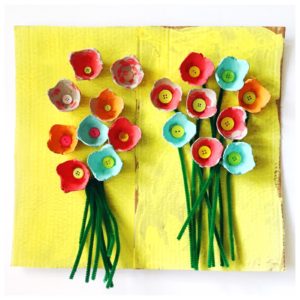 |
From Scholastic, Recycled Egg Carton Flowers has instructions and a video demonstration. |
| Not enough egg cartons for your projects? They’re available from Nasco. | |
| Check out this gallery of extraordinary artistic eggs! | |
| Chinese artist Wen Fuliang makes spectacularly detailed egg shell sculptures. |
FABERGÉ’S EGGS
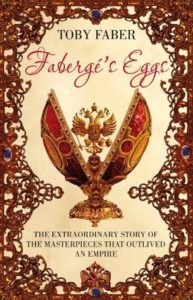 |
By Toby Faber, Fabergé’s Eggs (Random House, 2008) is the story of the fabulous jeweled eggs made for Russia’s czars by renowned jeweler Carl Fabergé. A fascinating historical read for teenagers and adults. |
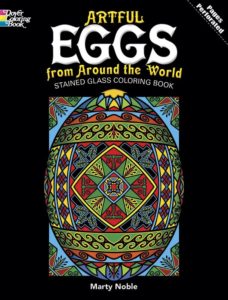 |
Using Marty Noble’s Artful Eggs From Around the World Stained Glass Coloring Book (Dover Publications, 2011), colorers can make 16 “stained-glass” pictures of pysanky, washi, and Fabergé eggs. |
| Faberge Eggs: Mementos of a Doomed Dynasty is a creative lesson plan for middle- and high-school-level students, designed to accompany PBS’s Treasures of the World series. | |
| From the Poetry Foundation, see Elizabeth Spires’s poem Fabergé’s Egg. |
MATH AND EGGS
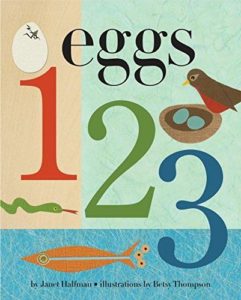 |
By Janet Halfmann, Eggs 1,2,3: Who Will the Babies Be? (Blue Apple Books, 2012) is an interactive counting book in which readers lift a flap to discover what’s inside the egg: for example, a penguin chick, a pair of platypuses, or nine frog tadpoles. For ages 2-5. |
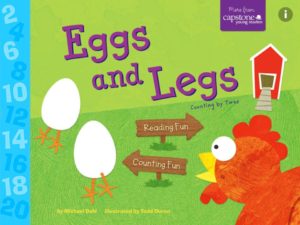 |
Michael Dahl’s Eggs and Legs (Nonfiction Picture Books, 2005) is a clever exercise in learning to count by twos, as a hen watches pairs of legs emerge from hatching eggs. For ages 4-7. |
| Incredible Edible Eggs is a downloadable math activity book for preschoolers and early-elementary kids, illustrated with drawings and color photographs. Matching games, counting, and simple addition. | |
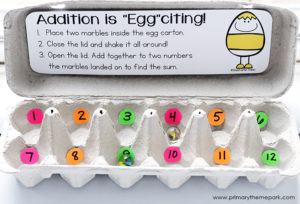 |
Make cool egg carton math games for early-elementary kids! |
| Fun with Buttons: Egg Math is a counting game in which kids pair numbers of buttons to big bright number-labeled foam eggs. | |
 |
Mancala may be the oldest game in the world. Egg Carton Mancala Game has instructions for making a mancala board from an egg carton, with links to a You Tube video that teaches you how to play. A great fun way to encourage strategic thinking. |
| Birds’ Eggs is a math project in which kids use a scatter graph to investigate the relationship between the length and width of birds’ eggs. | |
| From Chickscope, Egg Math has information and mathematical exercises involving egg shape (symmetry and cross-sections, ellipses and ovals), the white-yolk theorem, spherical geometry, and embryo calculus. For older students. | |
| By Yutaka Nishiyama, The Mathematics of Egg Shape is an interesting illustrated essay for older students. (Did you know that eggs stop rolling on slopes? Check it out.) |
POETIC EGGS
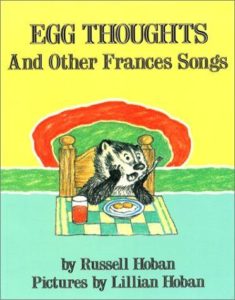 |
Russell Hoban’s Egg Thoughts and Other Frances Songs (HarperCollins, 1994) is a collection of poems by creative little badger, Frances. Frances’s “Soft-Boiled,” for example: “I do not like the way you slide/I do not like your soft inside/I do not like you many ways/And I could do for many days/Without a soft-boiled egg.” |
| From Nursery Rhymes and Traditional Poems, this is a riddle-poem about (spoiler!) an egg. Pass it on to somebody else and don’t tell. | |
| Riddle Poems and How to Make Them has many examples of this very old tradition and helpful instructions for inventing some of your own. | |
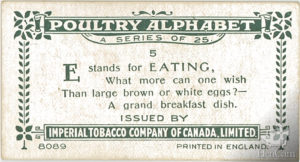 |
An Egg Poem – in which E is for Eating, not Egg – once appeared on late 19th-century cigarette cards. See images (and poem). |
| Ezra Pound’s Poetic Eggs compared poetry writing to laying eggs. | |
| By Naomi Shihab Nye, see Boy and Egg, about finding fresh eggs in the chicken house. | |
| Featured on NPR’s The Writer’s Almanac, Baron Wormser’s poem A Quiet Life begins “What a person desires in life/Is a properly boiled egg./This isn’t as easy as it seems.” (Find out why.) |
